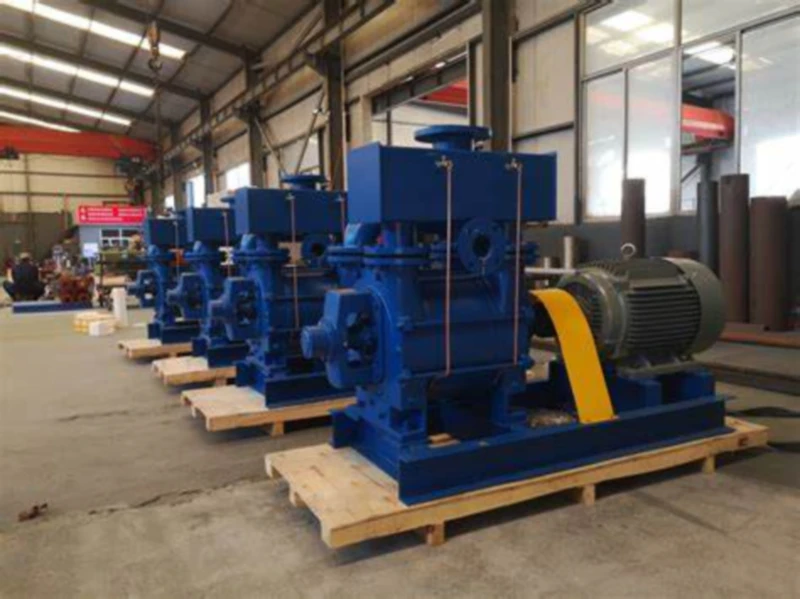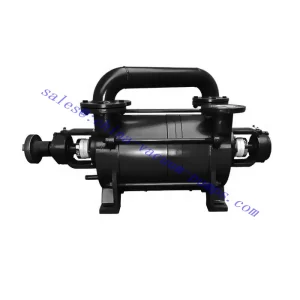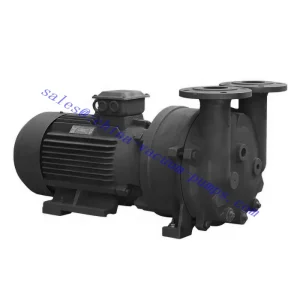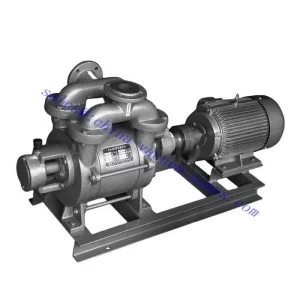2BE Series Compact Structures Energy Saving Liquid Ring Vacuum Pumps Water Ring Vacuum Pump
As one of the China vacuum pump manufacturers, suppliers, and exporters of mechanical products, We offer China vacuum pumps and many other products.
Please get in touch with us for details.
The 2BE liquid ring vacuum pump is a rotary vacuum pump whose working principle is based on centrifugal force and vacuum pressure difference. In the pump, there is a working wheel and a liquid ring. The working wheel rotates in the liquid ring. The liquid ring interacts with the working wheel to suck, compress and discharge the gas out of the pump. Due to the existence of the liquid ring, a certain degree of vacuum is formed in the pump, hence the name liquid ring vacuum pump.

2BE liquid ring vacuum pump mainly consists of the following components:
Pump Body: The shape and size of the pump body vary depending on the specific design and purpose, but its core role is to house all other components and provide sufficient strength and rigidity to support the operation of the entire pump.
Impeller: The impeller is the core component of the 2BE liquid ring vacuum pump. Its shape and size have a decisive impact on the performance and efficiency of the pump. The impeller is usually made of metal material and is installed at an appropriate position on the pump body to form a liquid ring when rotating and complete the suction, compression and discharge process of gas.
Front and rear end caps: The front and rear end caps are used to fix and support the impeller and other related components, and also serve as a seal to prevent gas leakage.
Bearings and Shafts: Bearings are used to support the rotating parts of the pump, reducing friction and ensuring smooth rotation of the impeller. The shaft transmits power from the motor to the impeller and ensures smooth operation of the entire pump.
Seals: Seals are used to prevent gas from leaking from the pump body and ensure the normal operation and efficiency of the pump.
Motor: The motor is the part that provides power and rotates the impeller through the rotation of the drive shaft.
The installation and maintenance steps are as follows:
Check the integrity of all parts to make sure nothing is damaged or missing.
Correctly install the front and rear end caps and bearings according to the design requirements and pump specifications. Make sure they are tight and in the correct position.
Insert the shaft into the bearing, making sure the rotating part of the shaft moves freely and is not stuck.
Connect the motor to the pump's drive shaft, making sure the connection is secure.
Add the appropriate amount of oil or grease to ensure smooth operation of bearings and other moving parts.
Place the pump in a suitable location to ensure that the pump body is stable and will not be subject to vibration or shock.
Connect the power supply and start the motor, check whether the pump runs smoothly and without noise, and check for leaks or other abnormalities.
Regularly inspect and maintain the pump during use, including checking the lubrication condition, seal wear, leakage, etc., to ensure its normal operation and extend its service life.
If parts need to be replaced, such as bearings, seals, etc., follow the manufacturer's instructions for proper replacement and ensure that all parts are of the correct specifications and models.
Regularly clean and inspect all parts of the pump, especially wearing parts such as bearings, seals, etc., to ensure their normal operation and service life.
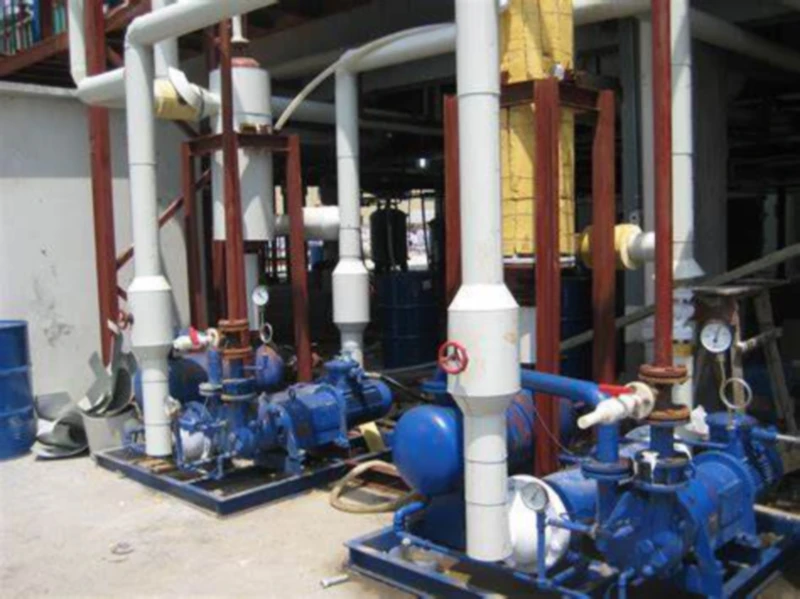
The working process of 2BE liquid ring vacuum pump is as follows:
The impeller rotates in the water chamber, and the water ring formed by the water in the water chamber contacts the impeller. As the impeller rotates, the water ring also rotates synchronously.
The gas enters the pump through the inlet and is contacted with the water ring in the compression chamber. The gas is compressed by the centrifugal force of the water ring and the pressure difference between the compression chamber and the exhaust chamber.
The compressed gas flows from the compression chamber to the exhaust chamber through the radial holes in the impeller and is exhausted from the exhaust port.
With the continuous rotation of the impeller, the gas enters and exhausts repeatedly, and a certain vacuum degree is formed in the system.
